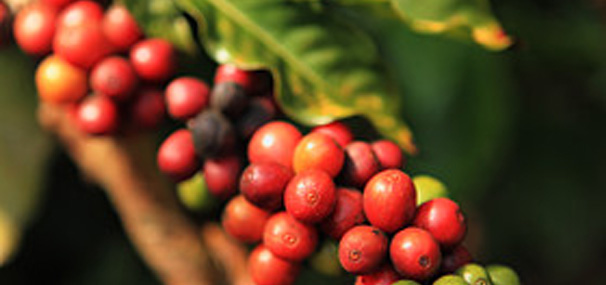We are committed to providing our customers with coffee that is beyond the ordinary: coffee from heirloom plants that date back to the introduction of coffee to the New World in the 1700s.

The history of making Mexican coffee
Mexico is one of the largest coffee producing countries in the world, and the largest producer of organic coffee, accounting for 60% of world production in 2000. The vast majority of Mexican coffee, and particularly organic coffee, is grown by small farmers in the southernmost states of Chiapas, Veracruz and Oaxaca. These two states have the largest indigenous populations. Coffee is one of the most lucrative exports in Mexico and close to half a million small farmers and their families depend on the harvest for their economic survival.
Coffee did not arrive in Mexico until the end of the 18th century, when the Spanish brought plants from Cuba and the Dominican Republic. Its commercial cultivation began decades later when German and Italian immigrants moved from Guatemala and other Central American nations. In the 1790s, the first coffee plantations began to appear in the southeastern state of Veracruz.
In the early 1990s, the southern state of Chiapas was the most important coffee area in Mexico, producing about 45 percent of the annual harvest of 275,000 tons. Veracruz is geographically divided into five zones, one of which is known as the highlands. The highlands are home to the Altura coffee, which means “high growth” and is the best grade of coffee in Mexico. As for coffee, higher always means better, and Mexico’s high-growth coffees are considered to be of very high quality and are among the best grown in the Americas.
